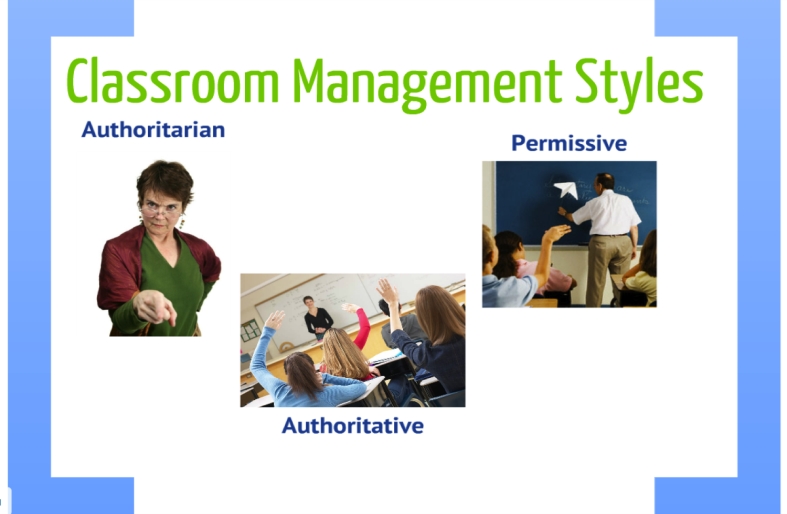How will you manage the classroom?” It is a common question faced by candidates in an interview for a teaching job. Interviewers pose questions such as these in order to gain some insight into your philosophy of teaching and how you intend to keep the students focused and interested in learning. Sometimes, interviewers want to ascertain whether your teaching philosophy and methods align with theirs or even, just to gauge your knowledge, competency and professional experience as an educator. In order to come up with a satisfactory response, you must be well versed with the most common classroom management styles. Mentioning instances of your teaching journey as an example will be helpful in enriching your answer. Moreover, you should try to relate your classroom management style and the similarities it has with those of the institution where you are seeking employment. Therefore, it is vital for you to know beforehand about different classroom management styles. In this article, we discuss various classroom management styles which are used most commonly by teachers. Whether you teach in a traditional classroom or on an online teaching app, chances are that your individual classroom management style will match with at least one of the styles mentioned below or a combination of multiple classroom management styles. So, without further ado, let us look at the most common classroom management styles….
Authoritarian Classroom Management-
As the name implies, in an authoritarian classroom management style the educator exercises a very high degree of control over student activities and the involvement with the students is quite low. In authoritarian style of classroom management, the educators are more concerned that their instructions are being followed by their students and that they are focused on class work. There is very little interaction about the outside world and personal lives which leads students and educators to maintain a distance from one another beyond classroom activities. Traditional offline classrooms are often managed with the authoritarian style. On the other hand, when you teach online on an online class app generally has a high level of student engagement and learning outcomes.
Authoritative Classroom Management-
In authoritative classroom management, even though the educator maintains a high level of control over student activities, student involvement and student-teacher interaction are also encouraged. The educators value order and control over the students, but they also value bonding with their students, sharing and learning about their life experiences, dreams and fears, strengths and weaknesses, hobbies and likewise. Moreover, authoritative classroom management style also involves frequent parent-teacher interactions to discuss about students’ class performance and needs.
Permissive Classroom Management-
The authoritative teaching style maintains both a high level of student control and a high level of student involvement. In contrast, a permissive classroom management style maintains both a low level of control over student activities in the classroom and a low level of student involvement. Student engagement is quite low in such classrooms as educator doesn’t have a desire to engage with the students. The educator provides students the freedom to do as and what they please in the classroom. It doesn’t hold students accountable or bounds them by any rules. The educator not only lacks proper expertise, planning and organizational capabilities, but also lacks the will. Exercising such little control over the classroom often leads to instances of noise and indiscipline in the classroom. Needless to say, it is not the most ideal or helpful teaching style for the students as the job of a teacher is to engage their students in learning and help them in achieving their potential, at the same time promoting a sense of discipline among them. Permissive classroom management style does little to benefit students in any way and only promotes chaos and indiscipline. Visit The Site: starmusiq
Indulgent Classroom Management-
An indulgent classroom management style involves an educator which promotes a high level of student involvement in the classroom coupled with a low level of student control. The technique has its pros and cons. Even though the students have more control and freedom to express themselves, but a low level of student control often derails the flow of the classroom and delays the completion of the course. Students feel comfortable in opening up to their teacher but it may also lead them to interrupting their educator midway between his lectures. Therefore, a teacher should maintain a balance between student involvement and freedom.
These are the four most commonly used classroom management strategies. The best way to select the appropriate one is only through trial and error as each classroom is different and so is every student.
Read More About: movierulz4

